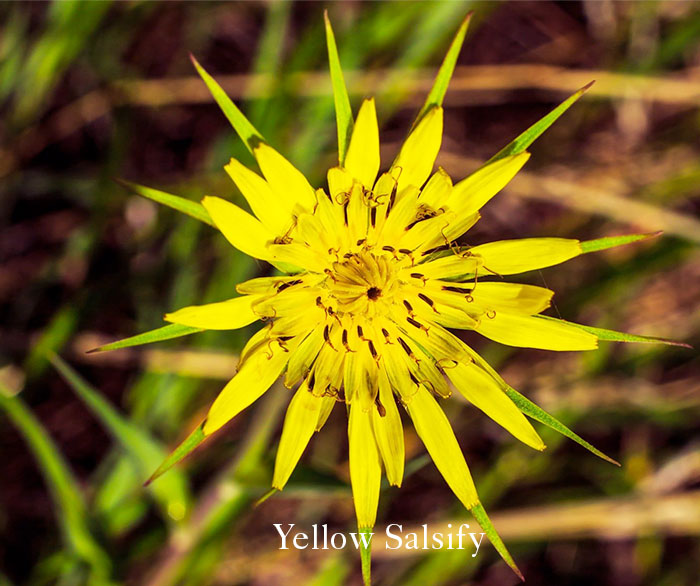C.R. SANDIDGE WINES
Purtteman
Vineyard Terroir
Recent Glacial History: Lake Chelan is located at 1,100 feet above sea level. It is the third deepest lake in North America at 1,497 feet deep. As it pertains to our Purtteman Vineyard, some 12,000 to 9,000 years ago, the great Cordilleran ice sheet crept slowly south out of the Arctic. One glacial tongue named Chelan flowed east – southeast from present day Stehekin. The other tongue named Columbia flowed south along the present day Columbia River valley until making a 90 degree turn towards the west up into the present day Lake Chelan valley. The two glacial tongues met at present day Wapato Point. The depth of the two ice sheets at Purtteman Vineyard was approximately 1,300 – 1,500 feet thick at it’s zenith. This is evidenced by glacial terraces located 800 feet above lake level around the lake. The Purtteman Vineyard is situated between 550 to 750 feet above Lake Chelan. As the glaciers melted and shrunk, water was swirling and flowing away from our vineyard site towards the Knapp Coulee to the south. These behemoth glaciers and their retreat created the soils our vines are growing in.
Our Soil: A great deal of finely ground mica rich sand forming a sandy loam is found down to a depth of 6 feet. The next 17 feet are comprised of silty sand and random rock. Below this, 20 feet of silty sand is found. Thereafter, some 90 feet of coarse sand and gravel/boulders exist. All of this unique soil created by the Columbia tongue of the Cordilleran ice sheet.
WHAT FOLLOWS IS VERY IMPORTANT
Our soils possess two very unique and desirable aspects. First, the site was dry-land wheat farmed from the 1910’s through 1968. That means our soils never had the poisonous lead – arsenic sprays used in USA and Lake Chelan valley apple orchards. Second, when apples where finally planted in 1968, the dreaded pesticide “DDT” had already been banned and was therefore never sprayed on our property. The apple orchards which were planted on our site were removed permanently in 2005 whereby the site remained fallow until we started planting our vineyards in 2016. When Athena and I began turning the soil over in preparation for planting our grape vines, we were greeted with bio-rich – healthy soils.
The Lay of the Land: Purtteman Vineyard looks like a half-amphitheater. One third of the site slopes to the south and southwest. One third of the site slopes to the northeast. The final third of the site slopes to the east. On the warmer slopes facing south – southwest, we have planted our Tannat and Malbec. Future plantings of Cabernet Franc and Merlot will be found on these warmer slopes as well. That which slopes towards the northeast and east are somewhat cooler and are planted to Dolcetto and Gewurztraminer.
Our Climate: About twenty inches of precipitation falls on our site annually. Some as snow and the rest as rain. Precipitation is rare between the months of July and September. Typically, the rains commence the third week of October. Despite the wonderful views, there is but a slight “lake effect” at our elevation. We rely on the deeply cut Purtteman Gulch which lies along the entire east side of our property to drain away damaging cold air during the fall, winter and spring months. In general, the temperatures found at our vineyard – winery site are between 2 to 4 degrees cooler than those found at lake level. While our Lake Chelan valley neighbors to the west and southwest of us worry about hail and inclement rain, our site has thankfully never had hail recorded. Due to the lay of the land, rain seems to slip past our site to the north – northwest for the most part during the growing season. Our location 550 to 750 feet above the lake means greater snowfall. This bountiful snow pack enables us to commence using irrigation water later than those vineyards situated below us. Our elevation enables us to fully ripen; early (Dolcetto), mid and late-mid season (Tannat, Malbec and Gewurztraminer) grape varieties year in and out.
The Flora: Low-growing native wild flowers are found in abundance within and around our vineyard. Colorful flowers are supplied by; Redstem Storkbill, Sagebrush Mariposa Lily, Yellow Salsify, Common St. John’s Wort, Tidy Fleabane, Threadbare Fleabane, Bearded Hawksbeard and Thompson’s Desert Parsley. The surrounding sagebrush and bitter brush shrubs also bloom profusely much to most peoples consternation. A multitude of grasses native to the Lake Chelan valley are to be found as well. They include; Idaho fescue, Bluebunch Wheatgrass, Indian Ricegrass, Slender Wheatgrass, Bottlebrush Squirreltail, Blue Wildrye and Mountain Brome.
Though we have yet to identify them, the yeast species native to our vineyard have already been utilized in our rose and whites wines with excellent results.
Sources: “Identification of Grasses in Eastern Oregon & Washington, Scott M. Lambert USDA – NRCS., Wildflower Search. Org, Pleistocene Glacier, Lakes & Floods in North Central Washington State, Richard B. Waitt.












